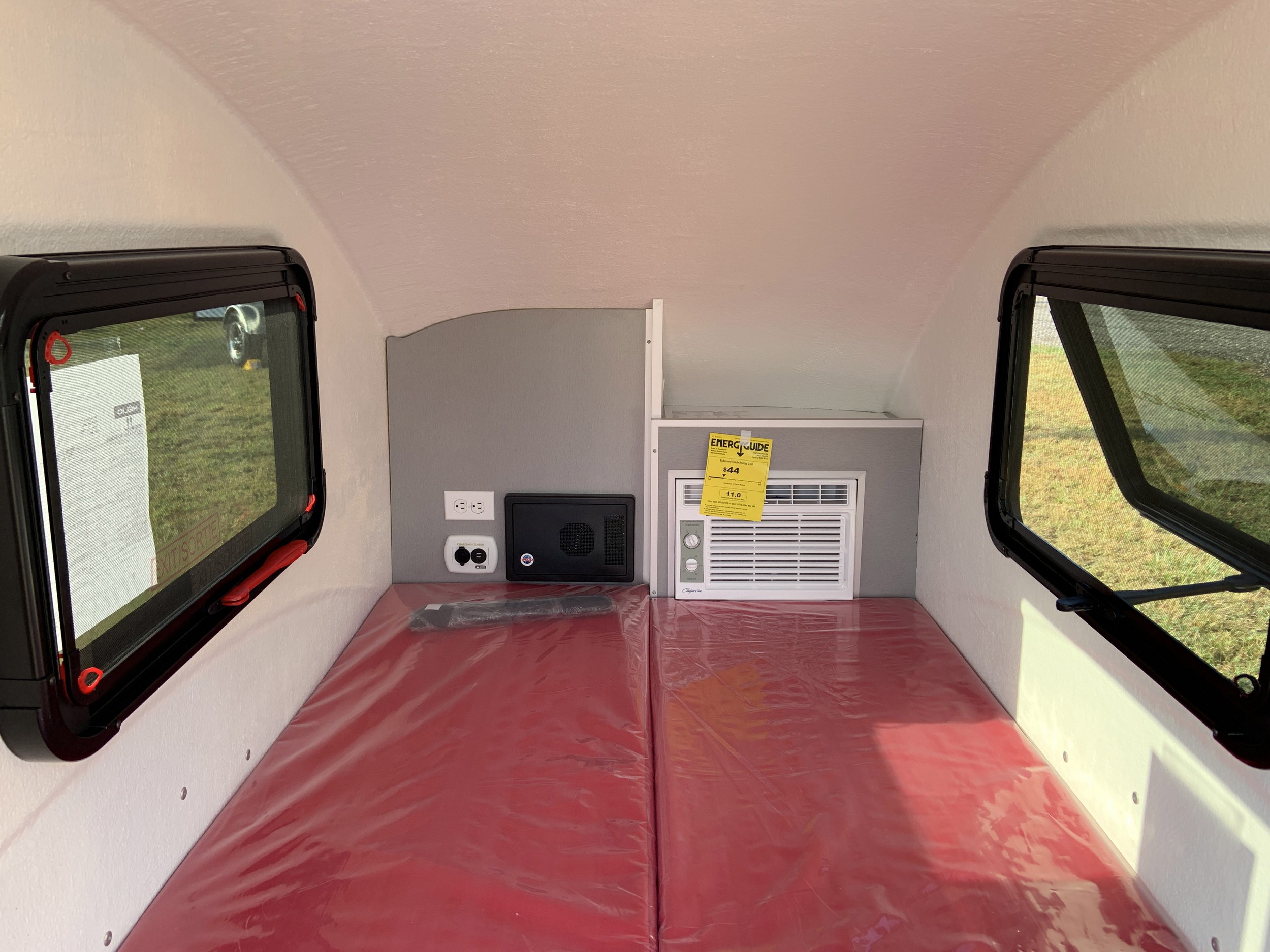
But the company appears to be woefully behind in making these claims become reality. The Russian company Energia claimed in 2006 that it would have a permanent moon base in 2015 and harvest Helium-3 by 2020. If all goes well, a manned programme may follow in the 2020s, so laying the potential foundation for China to mine for helium-3 on the Moon in the 2030s or beyond. It was intended that by the end of 2017, the fifth and final stage of the programme would will return lunar rocks to the Earth. In December 2013, China managed to land a robot lander on the Moon, so successfully completing stage 3 of its Lunar Exploration Programme. Temperature barriers in Helium-3 Fusion Reactions: Why is the Moon so important? When 235 92U nuclides are bombarded with neutrons, one of the many fission reactions that it can undergo is the following.įISSION REACTION OF URANIUM 235 BOMBRADED BY NEUTRONS:ġ 0n + 235 92U → 141 56Ba + 92 36Kr + 3 1 0nģ 2He + 3 2He -> 4 2He+ 2 1 1p + 12.86 MeV orĢ 2He + 3 2He -> 4 2He+ 1 1p + 18.3 MeVĭ( 2 1H) + 3 2He -> 4 2He+ 1 1p + 18.4 MeV This is around 2.5 million times more than the energy released from burning coal. The fission of one atom of U-235 generates 202.5 MeV = 3.24 × 10 −11 J, which translates to 19.54 TJ/mol, or 83.14 TJ/kg.

Unlike nuclear fission it does not produce the radioactivity and nuclear waste that is the by-product of current nuclear fission power generation. Nuclear fusion makes use of the same energy source that fuels the Sun and other stars. Nuclear fusion effectively makes use of the same energy source that fuels the Sun and other stars, and does not produce the radioactivity and nuclear waste that is the by-product of current nuclear fission power generation. This releases energy, but also produces radioactive waste which has to be safety stored, effectively indefinitely. Nuclear power plants have nuclear fission reactors in which uranium nuclei are split part. Its presence is rare on Earth, it is sought after for use in nuclear fusion research, and it is abundant in the moon's soil.Ĭurrently all nuclear power plants use a nuclear reaction to produce heat which turn water into steam that then drives a turbine to produce electricity. Other than 1H, helium-3 is the only stable isotope of any element with more protons than neutrons. Helium-3 was originally thought to be a radioactive isotope until it was found in samples of natural helium, taken both from the terrestrial atmosphere and from natural gas wells.

The existence of Helium-3 was first proposed in 1934 by the Australian nuclear physicist Mark Oliphant. Helium-3, also written as 3He, is a light isotope of helium having 2 protons but only one neutron and an atomic mass of 3. But another form of Helium has been in the news lately and it is called Helium-3.

It is the second element in the periodic table having 2 protons, 2 neutrons and 2 electrons - having an atomic mass of 4.


 0 kommentar(er)
0 kommentar(er)
